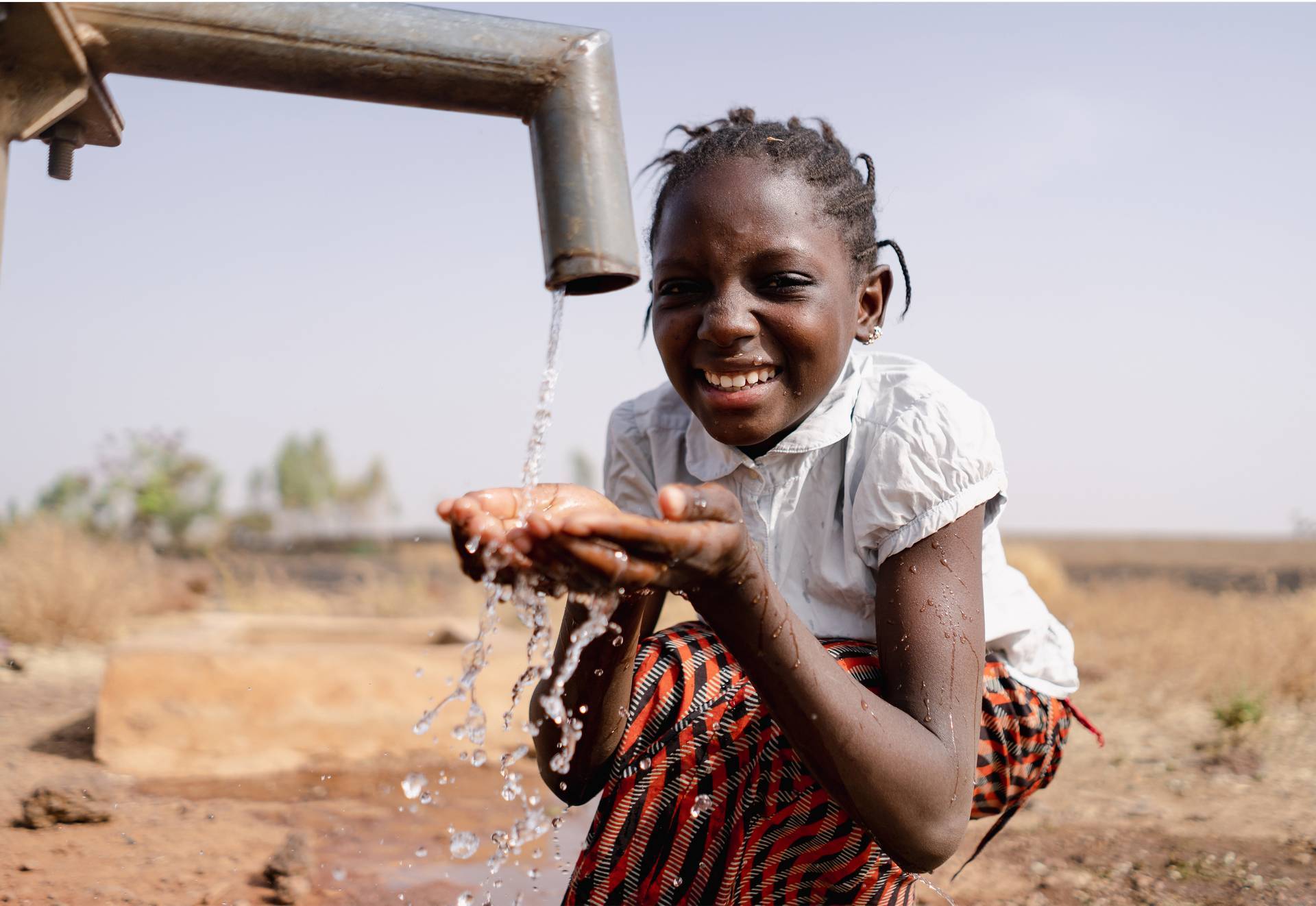
Damon took a moment to tell me more about these dynamic initiatives and how they tie back to his thriving career in the world of show choir.
Lisa: What is your journey, in that you’ve been able to make a career in the show choir world?
Damon: In 1979, I made show choir after my second attempt. I didn’t make it the first time because of my dancing. So I got my mom’s Jane Fonda workout tapes and started practicing and following along. I joined show choir on my second try and a year later I was dance captain. In my senior year in high school, I asked the director if I could choreograph and he said yes. I did a song called “American Pop” and they loved it! The group asked if I could choreograph the whole show the next year, and that’s how I got my start. Little by little, I got another school in the city, then one a county over, and through word of mouth got more and more work. Forty-two years later, I’ve worked with over 75,000 kids, traveled to Europe, and worked via video with groups in Germany, Switzerland, and Ukraine.
Lisa: That’s amazing! All because of Jane Fonda.
Damon: Jane helped launch my career, and she will never know it!
Lisa: You are involved in two very meaningful projects related to show choir. One is Show Choir Kindness and the other is Thirst Project. Will you explain those?
Damon: Show Choir Kindness is a Facebook group with currently around 3,900 people in 25 countries. Years ago I was in Carlsbad, California and I was doing a late-night run on a path by the ocean. There was an elderly couple out for a walk and some kids came up and started harassing them, saying some really nasty stuff. I decided to walk with the couple and the kids harassed me as well. We walked in silence, then after a while the kids lost interest and went on their way. It shook me up and I thought, ‘That’s not who I work with, that’s not what show choir kids are like.’ I went back to my hotel room and didn’t sleep at all that night, thinking about what I could do. I wanted to put something forward that was all positive about show choir kids. That became Show Choir Kindness. We will post about anything such as what’s your favorite sandwich topping or things the groups are doing in the community. We also dive into discussions about how we treat each other or what we are trying to gain from being in show choir.
Lisa: That was brave—having a troubling interaction with kids and actually doing something positive about it. How did Thirst Project get started?
Damon: My connection with it originated at Franklin Central High School in Indianapolis, Indiana. I was the choreographer and had a student named Seth Maxwell. He was a great performer. He wanted to become an actor and after graduating high school in 2006 went to the American Musical and Dramatic Academy. While there, he met a photographer who did a photo essay on the water crisis in Swaziland, which is now called Eswatini. Seth asked ‘What is that stuff in the buckets that looks like chocolate milk?’ It’s the water that people are drinking. This was in 2008 and he thought he needed to help these people, and he learned about the global water crisis.
He went with some friends to the local grocery store and asked for a deal on cases of water. They went to the corner of Hollywood and Vine and they passed out water, telling people about the global water crisis and asking for donations. At the end of the day they turned $75 into $1,700. That day, a woman told Seth she was a teacher and asked if he could come talk with her students about the water crisis, which he did. A few weeks go by and he still has the $1,700, trying to figure out which organization to send it to. Then the woman called him and said they had raised $12,000 and asked him to whom do they write the check. Seth realized while there were a lot of water organizations around the world, there were few that were geared towards activating young people to have a global impact on the water crisis. At that point in time, as a 19-year-old kid studying to be an actor, he decided to found a 501(c)3 and named it Thirst Project. We were at a restaurant when he told me about it. I agreed to donate $25 a month and thought it was something that would last for only a little while. Fast forward to 2010 and they drilled their first well in Swaziland. In 2016 I went to Swaziland with Seth and my heart was broken into a million pieces and at the same time I was inspired in ways that I couldn’t describe. I told him you’ve got to bring me on staff and he agreed. In 2017 I founded Show Choirs for Thirst. We do Miracle Minutes at show choir competitions across the U.S. This year, just the show choir community donations since 2017 are going to surpass half a million dollars.
Lisa: Wow! Explain what a Miracle Minute is.
Damon: We go up on the stage and take about three minutes to talk about the global water crisis and Thirst Project. Sometimes it’s me, or a video, or the emcee reads a script. We play upbeat music and take buckets out into the audience and ask for donations. The school counts the money and writes us a check. It takes 15, maybe 20 minutes total.
Lisa: What a neat way to do something that will have a deep impact on others!
Damon: One of the smartest things Seth did early on was decide that all money raised by students would go directly to the water crisis and never to pay staff or buy office supplies.
Lisa: What has happened since Seth began Thirst Project?
Damon: We have wells in 13 countries and we are active in four—Eswatini, Kenya, Uganda, and El Salvador. We are not active anymore in some places because of government regulation, safety issues, and/or controversy within the countries.
Lisa: What does it cost for a well?
Damon: A well in Eswatini costs $12,000, in Uganda it’s $8,000, in El Salvador it’s $10,000 and in Kenya it’s $20,000. That includes fees, material costs, labor costs, etc. Every year I run a marathon to raise at least $12,000 to build a well.
Lisa: Are the people who build the wells locals?
Damon: We only use local contractors because we want to provide employment.
There are side effects from our work. Eswatini has the highest rate of HIV in the world. You can live a lot longer, being HIV positive, if you have clean water, water that is not stressing your immune system because it is contaminated. The life expectancy in Eswatini has risen since we started our work there. (According to WHO, the average life expectancy in Eswatini has risen from 47 years in 2010 to 57.7 years in 2019.)
Every time a community wants to work with us, they provide a 10-person leadership committee with five men and five women. They learn how to keep the well maintained and commit to the cost of maintenance. That’s another side effect of our work—it provides the affirmation of gender equality in a substantive way. And it’s been that way since the beginning.
Lisa: What might a school need to know before contacting you about becoming a Show Choir for Thirst?
Damon: These are the things schools typically want to know: One, are we a religious or political organization? No and no. Two, is all the money going to the charity? 100 percent yes. Three, is it going to take us a lot of time? It takes whatever time it takes to read a short script, to walk around with buckets, to count the money, and write a check. Four, is it going to take anything away from our own fundraising? It does not cost the school anything. It’s purely voluntary. Any amount donated will make a difference. $25 will give one person clean water for life.
They can contact me at damonb@thirstproject.org or 317-319-5223.
Lisa: What else would you like to share?
Damon: Seth had amazing foresight. This is a show choir kid who left college and started a worldwide charity. He was my student, then my co-worker, now he’s my boss. He is the kindest leader I know.











